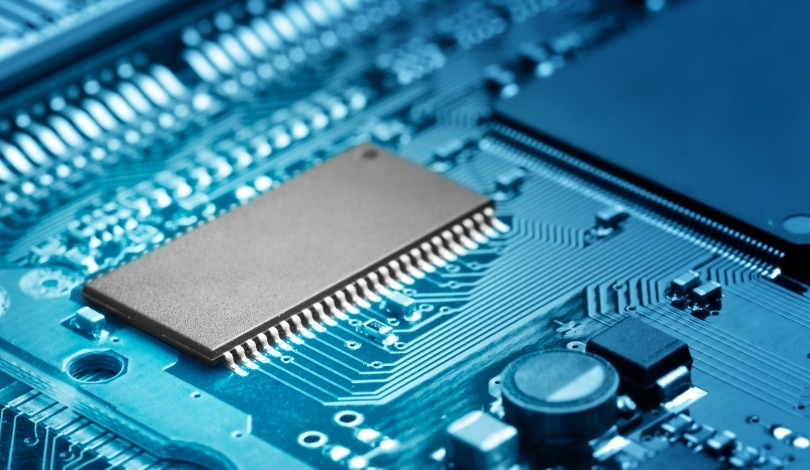The release of Nvidia‘s RTX 5090 GPU has stirred considerable debate among gamers and tech enthusiasts. With a power consumption rating of 575 watts, the new graphics card surpasses its predecessors in both performance and energy demands. This increase has led to concerns regarding system compatibility and overall energy efficiency, as users seek to balance power with performance. The RTX 5090 aims to deliver unprecedented graphical capabilities, but its high energy requirements may necessitate significant upgrades to existing computer setups.
Earlier models, such as the RTX 4080, required substantially less power, making them more accessible to a wider range of users. The RTX 5090’s 575W is a notable jump, potentially limiting its appeal to those who have already invested in high-capacity power supplies. This shift reflects Nvidia’s focus on maximizing performance, yet it raises questions about the practical implications for everyday users.
How Does the RTX 5090’s Power Consumption Compare to Previous Models?
The RTX 5090 consumes 575W, which is a significant increase over the RTX 4080’s 450W. This higher power requirement is attributed to enhanced processing cores and improved thermal capabilities, enabling better performance in demanding applications.
What Are the Implications for Users’ Existing Systems?
Many users may need to upgrade their power supplies and cooling systems to accommodate the RTX 5090, potentially increasing the overall cost of adopting the latest technology. Additionally, compatibility issues with older hardware could arise, necessitating further investments.
How Is Nvidia Addressing the Power Consumption Concerns?
Nvidia has stated,
“We are committed to delivering top-tier performance while working on optimizing energy efficiency in future iterations.”
The company is exploring advanced cooling solutions and more efficient power management to mitigate the high energy usage of their latest GPUs.
The RTX 5090’s substantial power draw highlights the ongoing challenge of balancing performance with energy efficiency in high-end graphics processing units. While offering unparalleled graphical capabilities, the GPU necessitates significant system upgrades and may not be suitable for all users. Prospective buyers should carefully evaluate their current hardware and power supply capacities to determine if the investment aligns with their computing needs and sustainability considerations.










